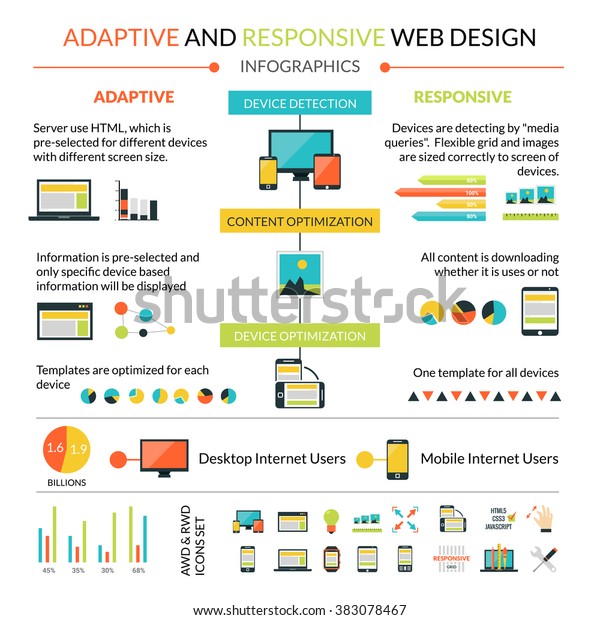Interested In Discovering How Website Layout Has Altered For Many Years? Check Out The Journey
Interested In Discovering How Website Layout Has Altered For Many Years? Check Out The Journey
Blog Article
Author-Tobiasen Stender
In the past, sites were simple and focused on info. Navigating was direct, and style was for desktop computers. Now, user experience is vital. Data guides layouts for easy navigating. Receptive designs match various tools. Today, dark setting minimizes pressure, and minimal food selections boost navigating. Interactive features involve customers, and strong visuals attract attention. AI assimilation enhances engagement. See exactly how style has evolved to boost your online trip.
Very Early Days of Website Design
In the early days of web design, simplicity reigned supreme. Internet sites were basic, with restricted shades, fonts, and layouts. The focus got on providing info as opposed to fancy visuals. Customers accessed the internet via sluggish dial-up links, so rate and performance were vital.
Navigation food selections were straightforward, commonly situated at the top or side of the web page. Websites were developed for home computer, as mobile browsing had not been yet common. Web content was king, and developers prioritized very easy readability over complex design aspects.
HTML was the key coding language utilized, and developers needed to function within its restraints. Animations and interactive features were minimal contrasted to today's requirements. Web sites were fixed, with little dynamic material or individualized individual experiences.
Increase of User-Focused Design
With the advancement of site layout, a shift in the direction of user-focused style principles has actually ended up being progressively popular. Today, producing internet sites that prioritize user experience is critical for involving site visitors and accomplishing business objectives. User-focused style involves understanding the needs, preferences, and habits of your target audience to customize the internet site's format, web content, and features accordingly.
Designers currently perform complete study, such as customer studies and functionality testing, to collect understandings and feedback directly from customers. This data-driven strategy aids in developing user-friendly navigating, clear calls-to-action, and visually appealing user interfaces that reverberate with site visitors. By placing https://www.who.int/europe/activities/monitoring-and-restricting-digital-marketing-of-unhealthy-products-to-children-and-adolescents at the facility of the layout procedure, sites can deliver a more customized and enjoyable experience.
Receptive style has actually likewise emerged as a key aspect of user-focused style, ensuring that web sites are maximized for numerous gadgets and screen sizes. This flexibility enhances accessibility and use, accommodating the varied methods users connect with sites today. Essentially, the rise of user-focused layout represents a shift in the direction of producing digital experiences that focus on the needs and expectations of the end user.
Modern Trends in Web Design
Explore the most up to date trends shaping web design today. One noticeable trend is dark setting design, using a smooth and contemporary appearance while reducing eye stress in low-light environments. Another crucial trend is minimal navigation, simplifying food selections and improving individual experience by focusing on essential elements. Incorporating micro-interactions, such as animated buttons or scrolling effects, can produce a more engaging and interactive site. Responsive design remains important, guaranteeing seamless user experiences across numerous devices. Additionally, utilizing vibrant typography and unbalanced layouts can add visual passion and draw attention to certain material.
Integrating AI innovation, like chatbots for customer support or personalized referrals, enhances customer interaction and simplifies procedures. Availability has additionally come to be a considerable trend, with designers prioritizing comprehensive design techniques to accommodate varied customer requirements. Embracing sustainability by optimizing internet site performance for rate and effectiveness is one more arising pattern in website design. Collaborating with user comments and information analytics to repeat and enhance design continually is vital for remaining appropriate in the ever-evolving digital landscape. By welcoming these modern trends, you can create an aesthetically appealing, straightforward site that resonates with your target market.
Verdict
As you reflect on the advancement of website layout from the early days to currently, you can see just how user-focused style has actually become the driving pressure behind modern-day fads.
Accept the trip of change and adaptation in web design, always keeping the customer experience at the center.
Tippingpointdigital
Stay current with the current patterns and technologies, and never ever stop evolving your method to produce aesthetically magnificent and user-friendly web sites.
browse around here , adjust, and produce - the future of web design is in your hands.
